Category: Annotated Resources

Inspirational Examples of Principled Collective Action and Loving Defiance
Across the country, groups are using creative forms of collective action and nonviolent defiance to challenge abuses of power and attacks on fundamental freedoms. Key pillars, including faith organizations, unions,...
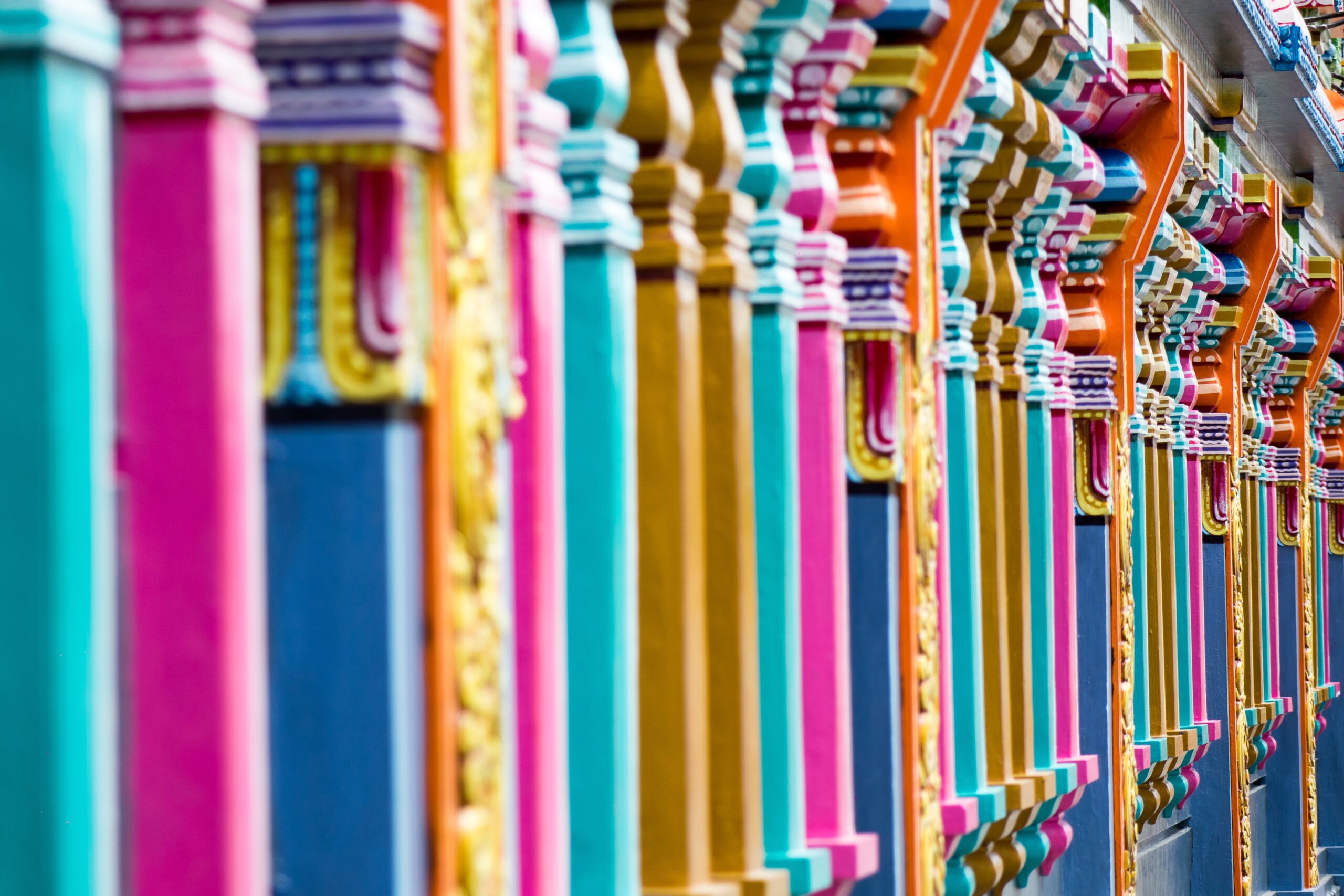
Pillars of Support: Business Pillar Caselets
Business and Democracy “Capitalism can’t work without well-functioning governments that design rules to enable innovation and markets, ensure competition, and address social problems.” — Anat Admati, Stanford Economist & Business...
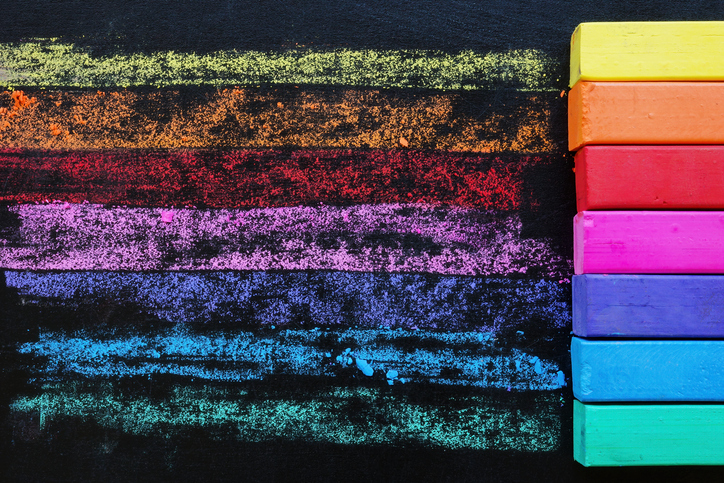
Resources on Art, Cultural Work & Inclusive Democracy
Artistic and cultural processes are uniquely well-suited to address our current challenges of democratic decline and rising authoritarianism because they engage us cognitively, emotionally, sensorily, and, in some cases, spiritually....
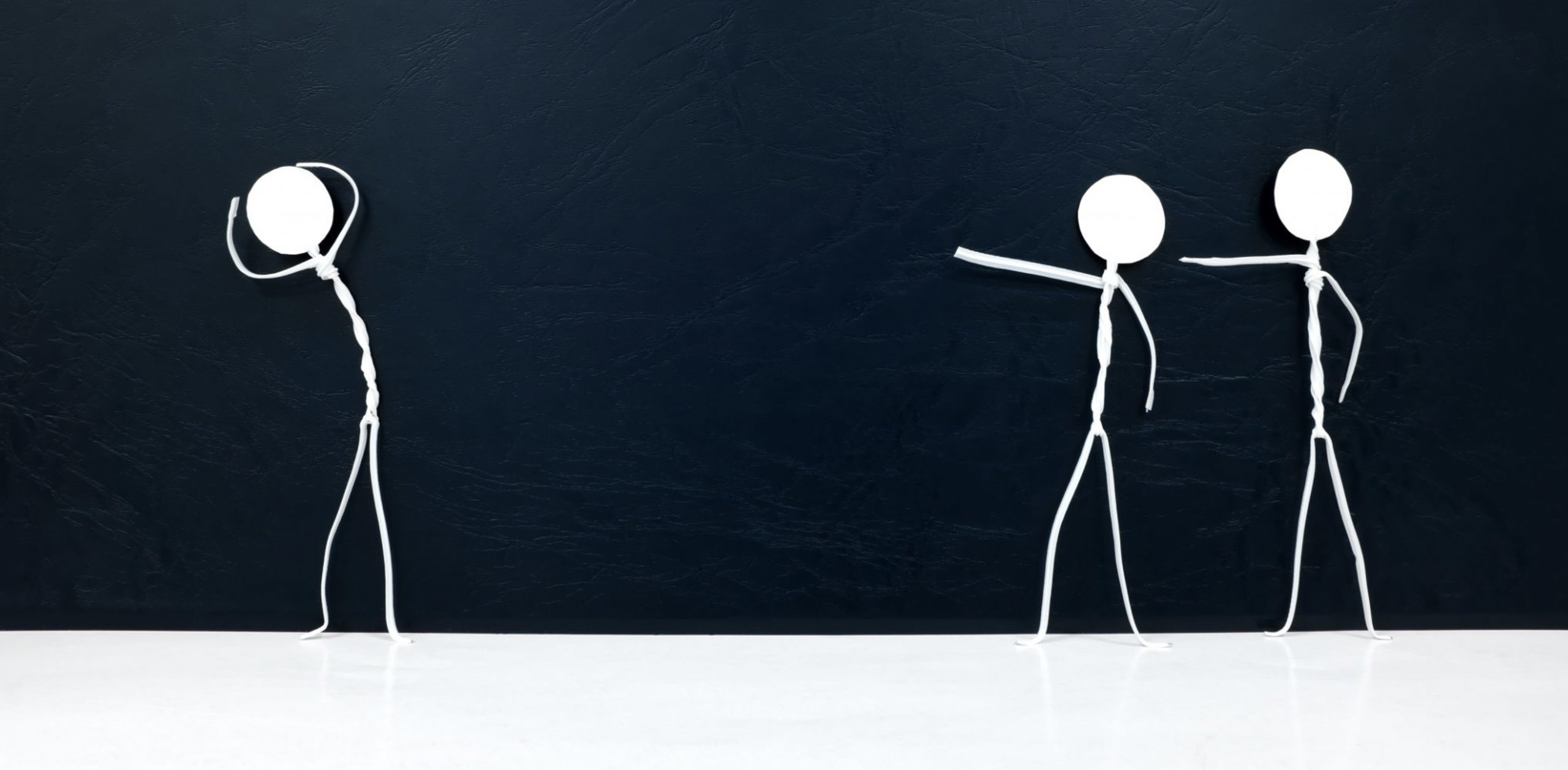
Calling in Calling Out
Building powerful movements for a just and democratic society requires tearing down the walls separating people and welcoming new people into the movement. It takes recognizing that individuals, shaped by...
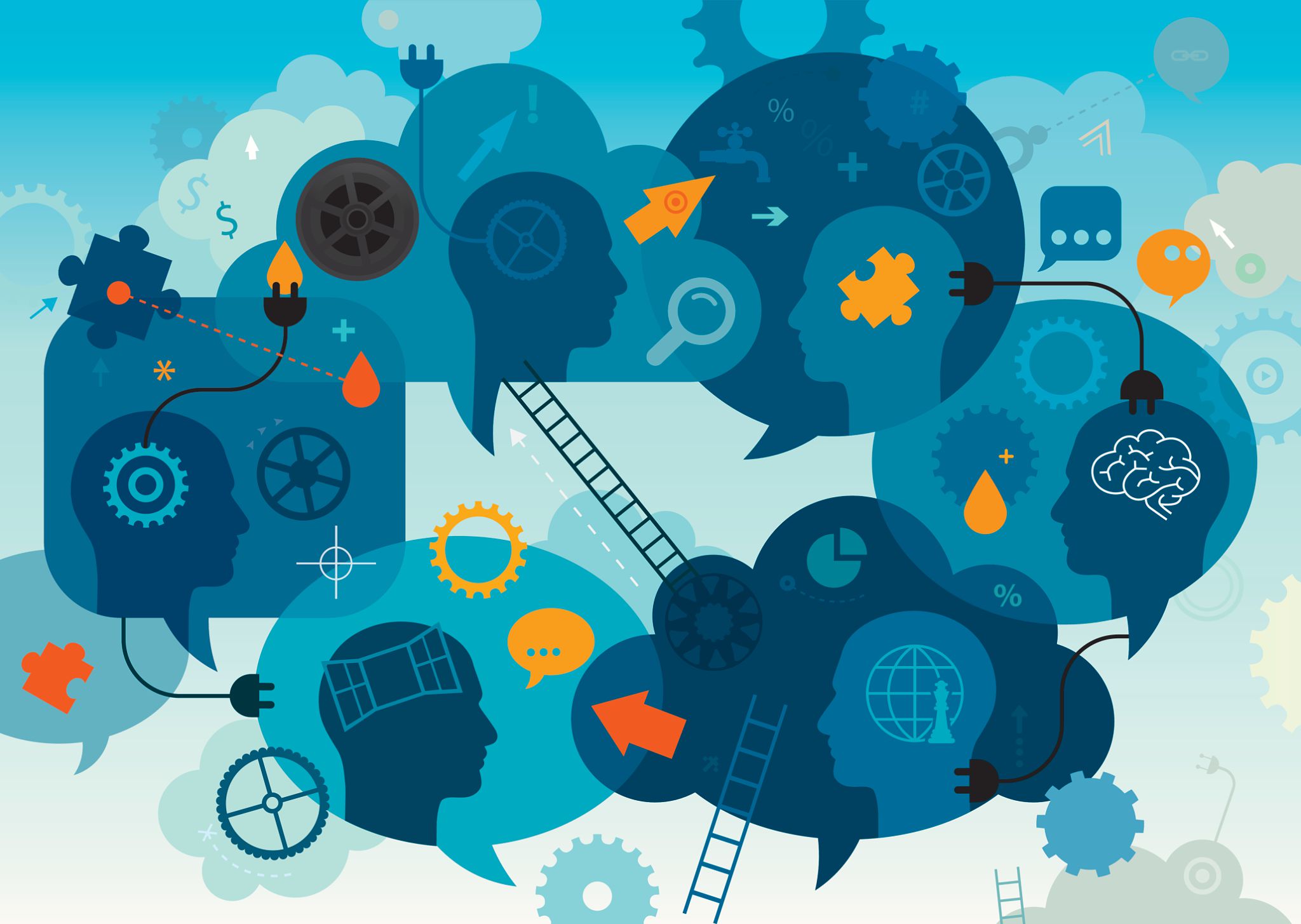
Narrative Competency
As we continue the collective work towards a just, inclusive and peaceful democracy, it is important to be able to understand and talk about the shared values and ideas that...
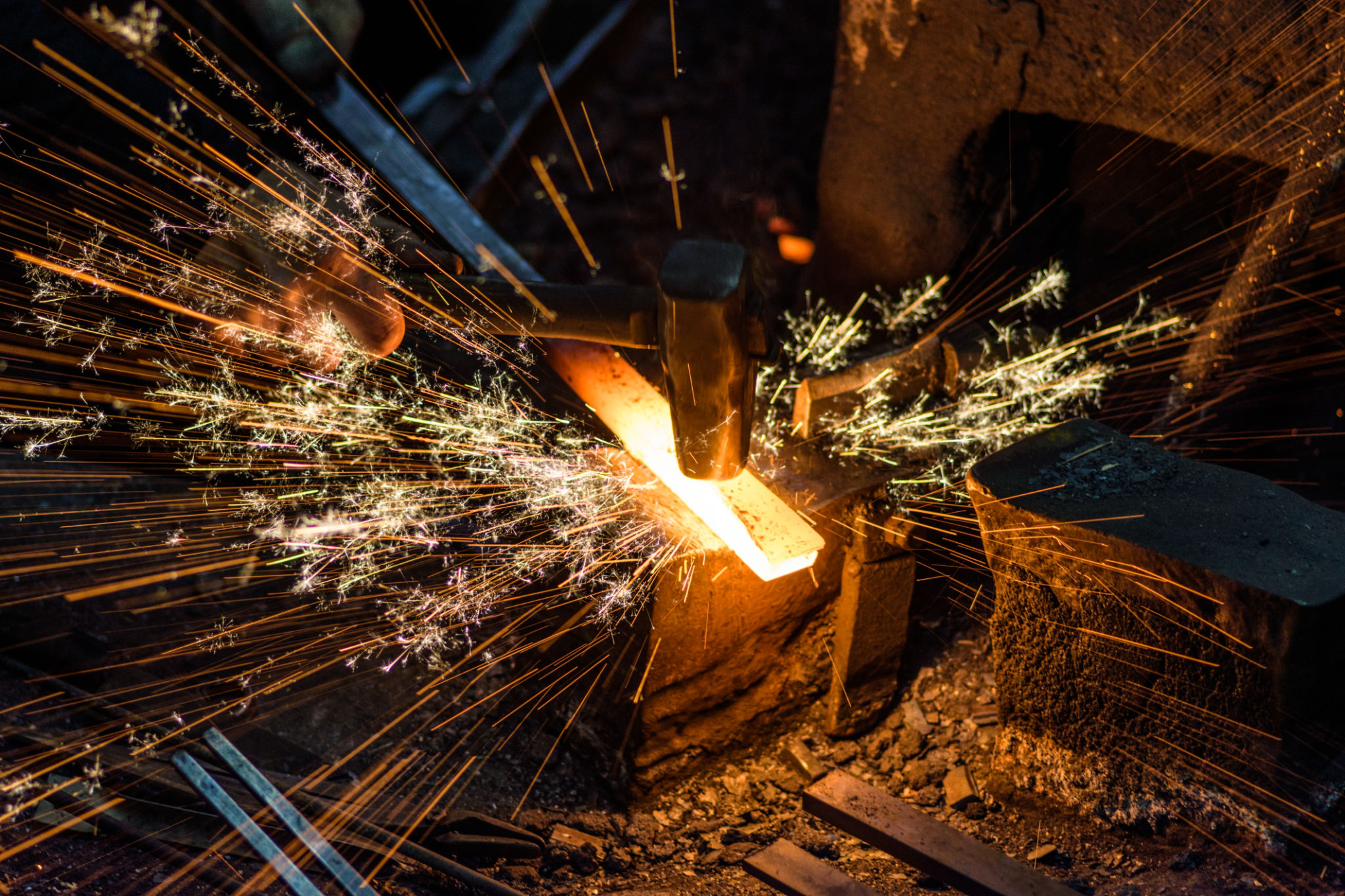
Good vs. Toxic Polarization
Polarization is generally considered a necessary and healthy aspect of democratic societies. In his writing on social change work, Quaker activist and trainer George Lakey compares polarization to “a blacksmith’s forge,” one...
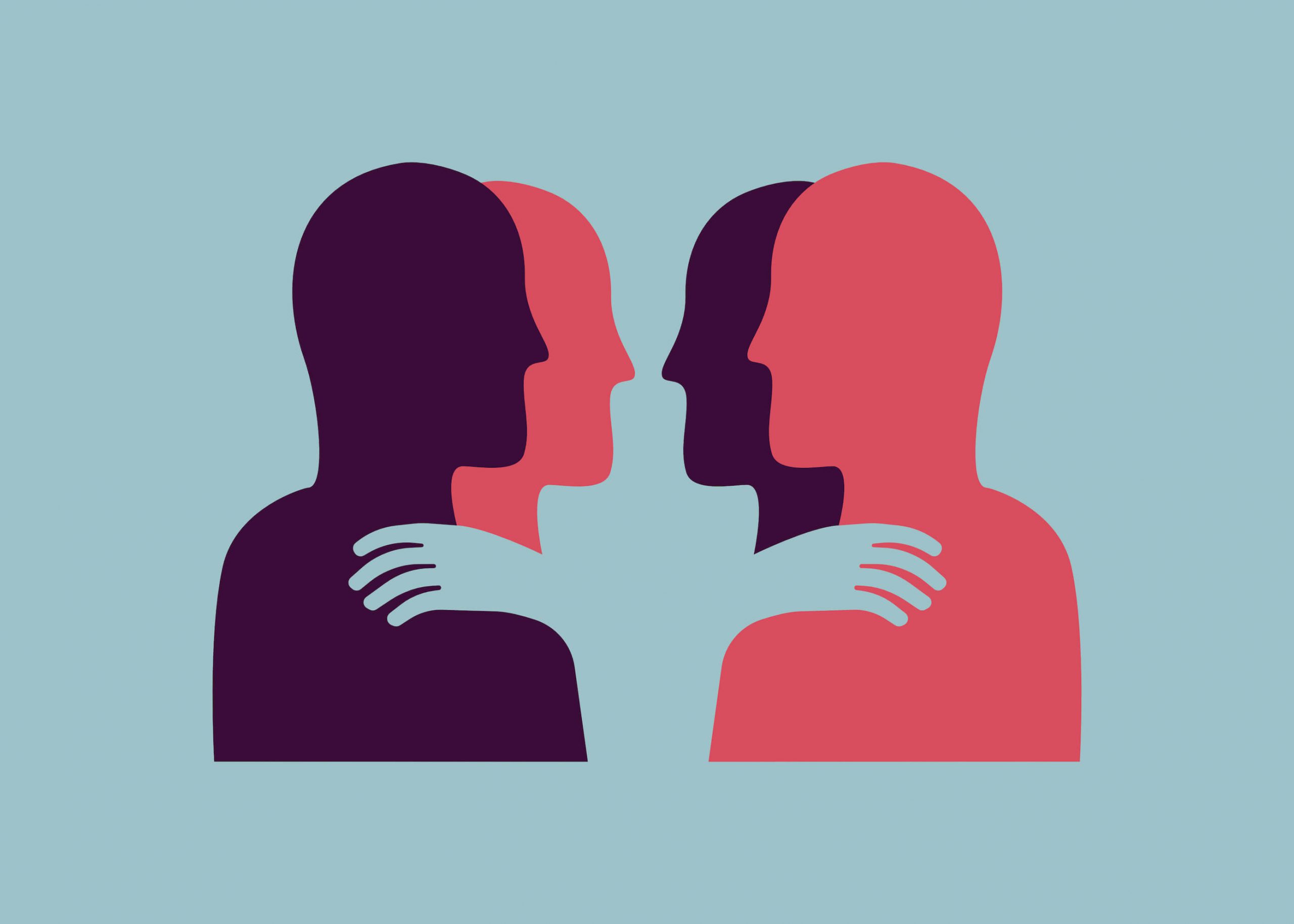
Trauma Healing
Unaddressed traumas pose significant challenges to building a healthy democratic society, exacerbating intra-group and inter-group conflicts and making it difficult to find common cause. Healing individual and group traumas is...
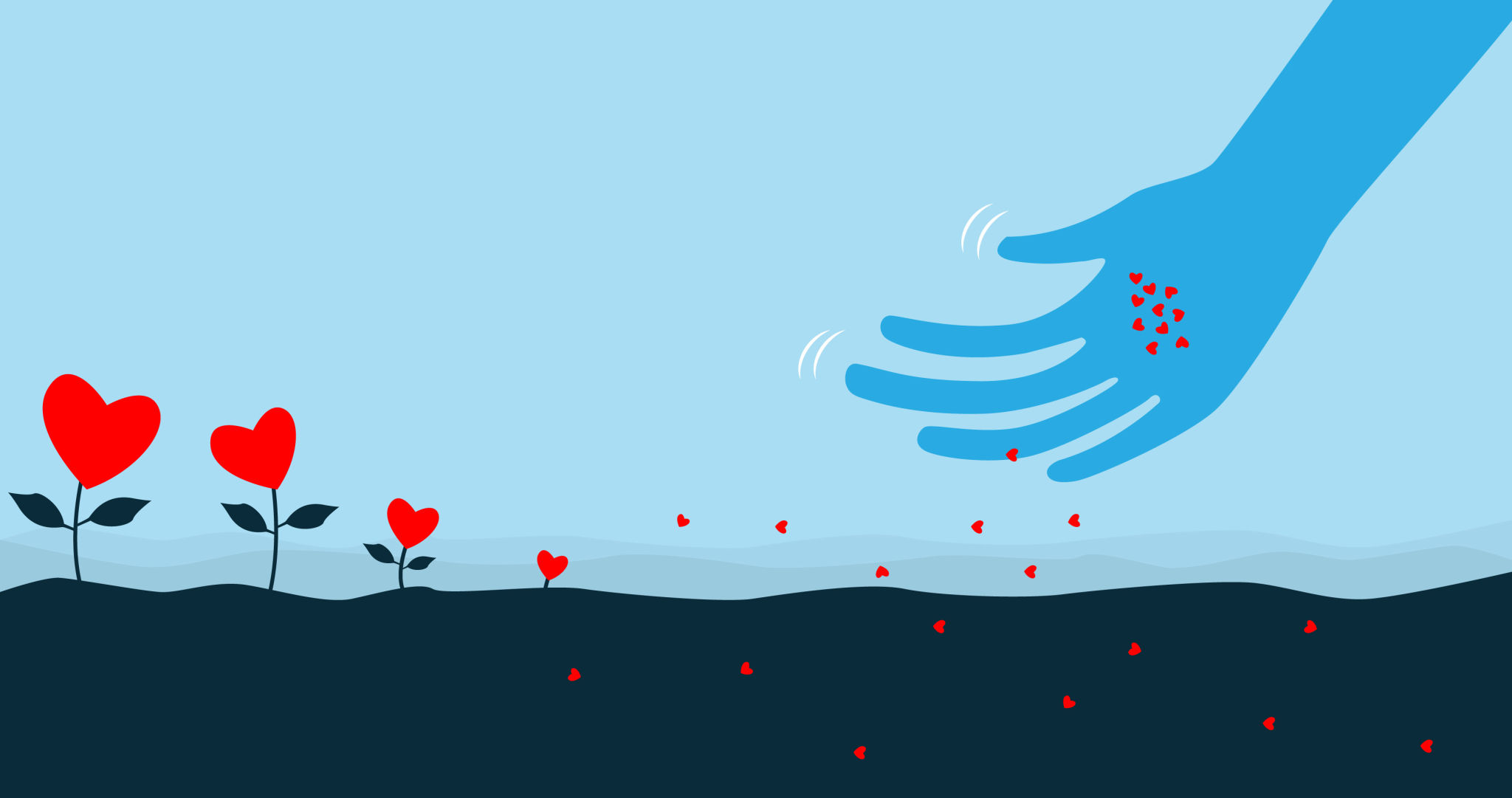
Restorative Movement Building
What does it mean to challenge injustices and address societal harms in ways that strengthen social bonds and encourage longer-term healing? Restorative Movement Building is at the nexus of social...

Forgiveness, Accountability, and Societal Healing
The Horizons Project is partnering with Rotary International to explore how to embed concepts and practices of forgiveness, accountability, and societal healing within Rotary clubs and their partners around the world.Forgiveness is often...

Our Relationship to The Future: Narratives, Imagination Skills and Futures Literacy
How do we think and talk about the future? This is one of the tension points Horizons has identified within the social change ecosystem: our different feelings about, and relationships to the...
